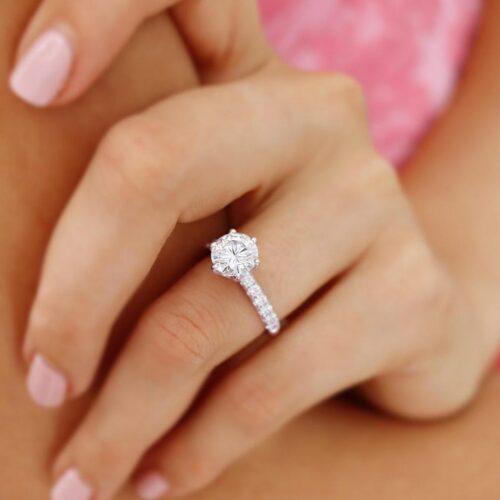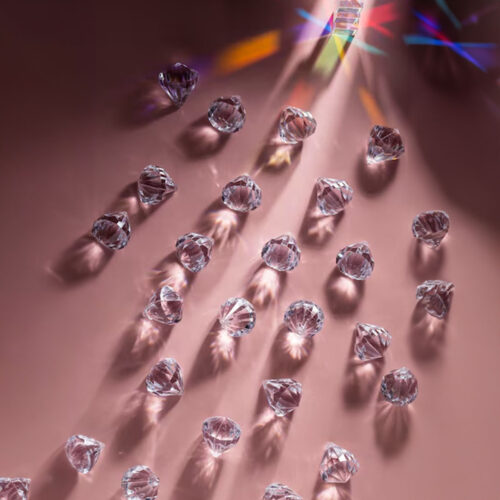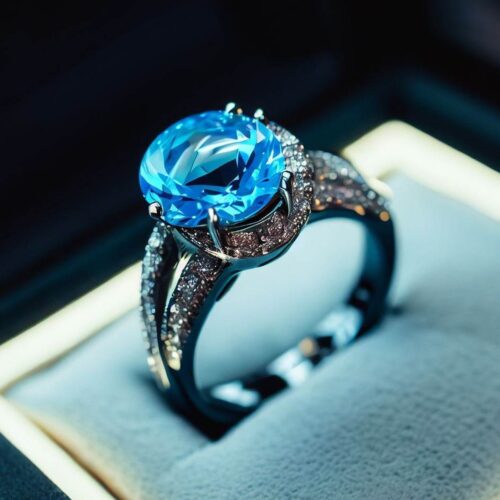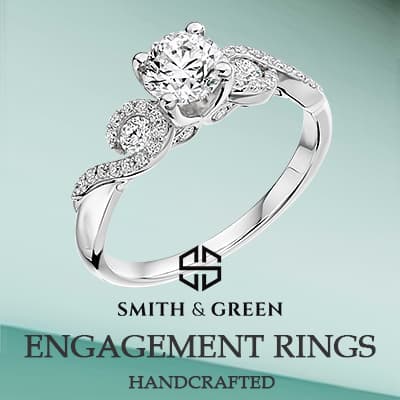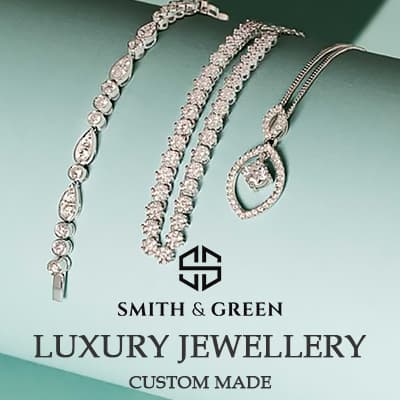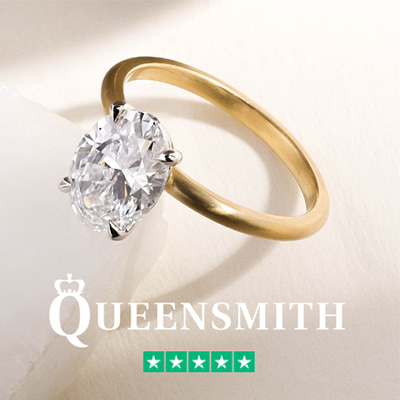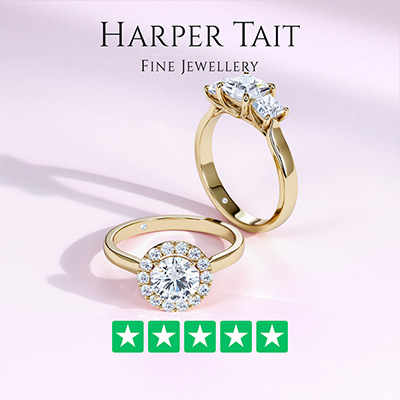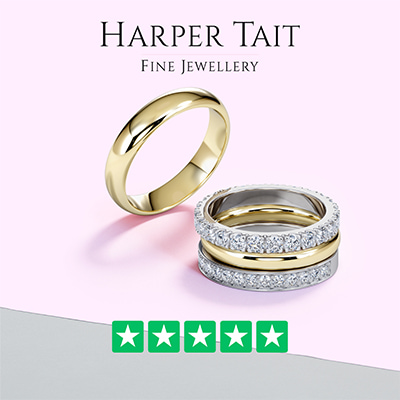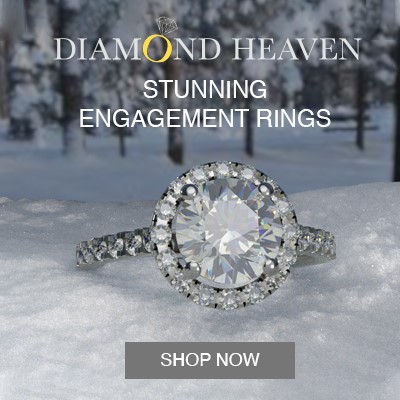In a world where the incandescent gleam of diamonds has long been cherished, it appears that the luminosity of these exquisite gems is facing a temporary eclipse. A metaphorical cold front seems to be descending upon the UK’s Diamond Industry, suggesting the advent of a proverbial mini ice age. The cause of this glacial shift? Russian diamonds, among other commodities, now find themselves ensnared in the icy grip of an imposing new set of sanctions.
The architect of this chilling zephyr is none other than Prime Minister Rishi Sunak. He unfurled this biting breeze during his announcement at the recent G7 summit held in Hiroshima, Japan. His words carried the weight of diplomatic frost, falling over the industry with the intent of freezing the inflow of Russia’s glistening exports into the UK.
This political manoeuvre, as dramatic and sudden as a Siberian cold front, promises to reshape the contours of the Diamond Industry in the UK
The Diamond Industry in the Limelight
In the arcane world of diamonds and precious metals, Russian sparklers have always held a distinct charm. After all, Russia’s diamond industry was worth a cool $4bn (£3.2bn) in exports in 2021. The UK, along with other countries, has often gazed longingly at these glittering gems from the East. Yet, the winds of politics are as fickle as the four C’s of a diamond.
Amidst the tumultuous conflict in Ukraine, the UK has cast a discerning eye on Russian diamond imports, among other commodities. A quintessentially British way to put the brakes on the ‘illegal activities’ of our Russian counterparts, as Mr Sunak eloquently put it. One can’t help but wonder about the impact this decision will have on the global diamond industry, and closer to home, on our jewel-laden isles.
A Look into Types of Diamonds and Their Origins
As a seasoned jeweller, I can tell you this – no two diamonds are the same. Each glittering stone is a masterpiece shaped by the lapidary’s skill and time’s relentless grind.
Did you know that Russia is one of the world’s largest diamond producers? These Russian gems, born from the depths of the Yakutia region, are indeed a sight to behold. Yet, we Britons won’t be seeing these crystals anytime soon, thanks to the sanctions.
These sanctions seem to create an unlikely opportunity for other diamond-producing countries. South Africa, Botswana, Canada, and Australia could step up, ensuring that the British love affair with this precious stone continues unabated. A somewhat colonial twist, wouldn’t you agree?
A Glance at Other Precious Metals
Diamonds aside, Russian-origin copper, aluminium, and nickel imports have also found themselves in the crosshairs of the UK government’s sanctions. Now, one may think that diamonds are a girl’s best friend, but let me tell you, these metals aren’t the wallflowers at the jewellery party.
They form the backbone of our beloved trinkets and treasures, shaping them into wearable works of art. This move to sever the import ties with Russian metals seems to send shockwaves through the corridors of the UK’s jewellery industry.
The precise impact of these sanctions on the UK’s jewellery and metal industry is yet to be seen. One thing’s for sure, though – our beloved industry is in for a sparkling shakeup.
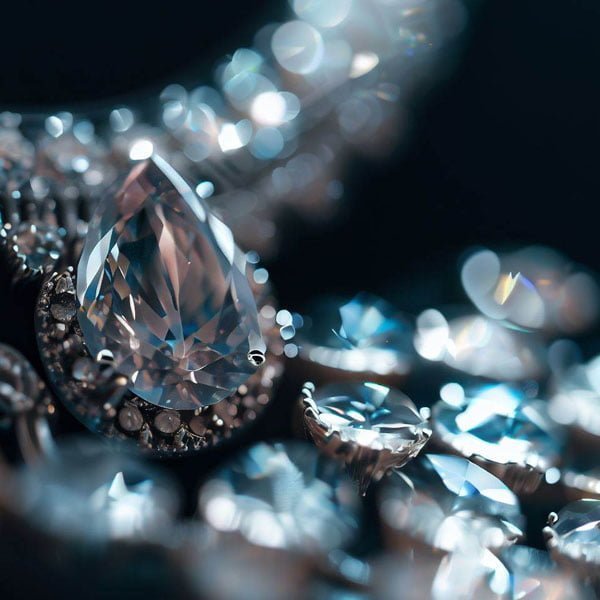
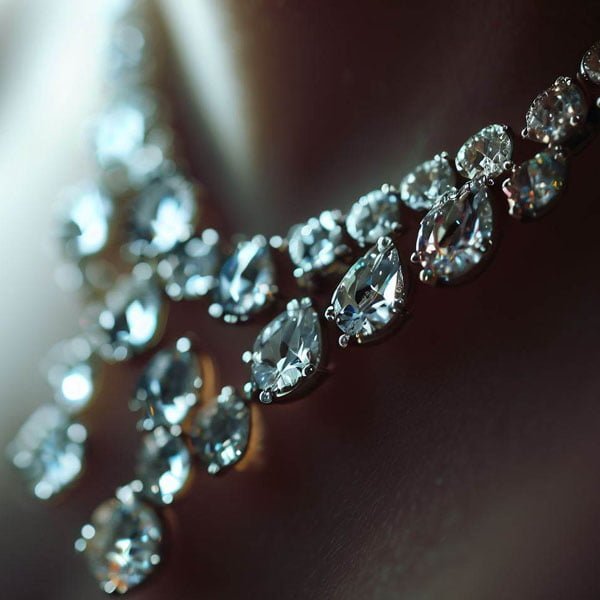
New Horizons in Diamond Trade: Exploring Alternatives Post-Russia Ban
With the recent ban on diamond imports from Russia, the UK will need to look elsewhere to satiate its sparkling desires. Fortunately, there are other countries with impressive diamond industries that could step up to meet the demand.
The African Diamonds
The continent of Africa, blessed with an abundance of natural resources, hosts several countries renowned for diamond mining.
- Botswana: This country is one of the world’s largest diamond producers by value and volume. De Beers, one of the leading diamond companies, has a significant presence here, making Botswana a prime alternative to Russia.
- South Africa: Known for some of the world’s most famous diamonds, including the ‘Cullinan Diamond’ and ‘The Hope Diamond’, South Africa has a rich history in diamond mining and could meet the UK’s demand.
- Namibia: Namibia, particularly its Atlantic coast, is renowned for offshore diamond mining. Diamonds from this region are typically high-quality gemstones that could potentially satiate UK’s diamond appetite.
The Canadian Connection
Canada could be another potential source for the UK. With its ethical mining practices and high-quality diamonds, Canadian diamond mines are becoming increasingly popular on the global stage.
- Northwest Territories: Home to the famous Diavik and Ekati mines, the Northwest Territories produce a significant number of Canada’s diamonds.
- Ontario and Quebec: Mines in these provinces, like the Renard Mine and Victor Mine, also contribute to Canada’s diamond production.
Australian Allure
Australia’s Argyle mine, known for its production of beautiful pink diamonds, could offer a unique touch. Although the mine officially closed in 2020, existing stockpiles of these unique diamonds continue to be processed and sold.
Beyond Mining: Lab-Grown Diamonds
Beyond natural sources, lab-grown diamonds offer a promising and sustainable alternative. They have the same physical properties and can be crafted to the same quality standards as mined diamonds, yet their production has a significantly lower environmental impact. With advancements in technology, the quality of lab-grown diamonds has been improving consistently, and they have gained considerable popularity.
Whether it’s looking to other countries rich in diamond resources or turning to lab-grown alternatives, the UK diamond industry has multiple avenues to explore in maintaining its glittering allure.
In Conclusion
The UK’s ban on Russian diamond imports symbolises a significant shift in the global diamond trade. While the diamond industry may shiver momentarily under this frosty blast of political wind, its core is unshaken. The change may even present opportunities to explore a new facet of the industry – ethical sourcing, sustainable mining practices, and a closer look at lab-grown diamonds.
From Africa’s treasure troves to Canada’s icy expanses, Australia’s colourful cache, and the promising world of lab-produced sparklers, the UK’s diamond industry is not losing its lustre – it’s merely refracting its light in a new direction. Amidst these shifting sands, it’s vital to remember that, like a diamond, the industry’s brilliance lies in its ability to adapt and endure. After all, as the saying goes, “A diamond is a chunk of coal that did well under pressure.”






